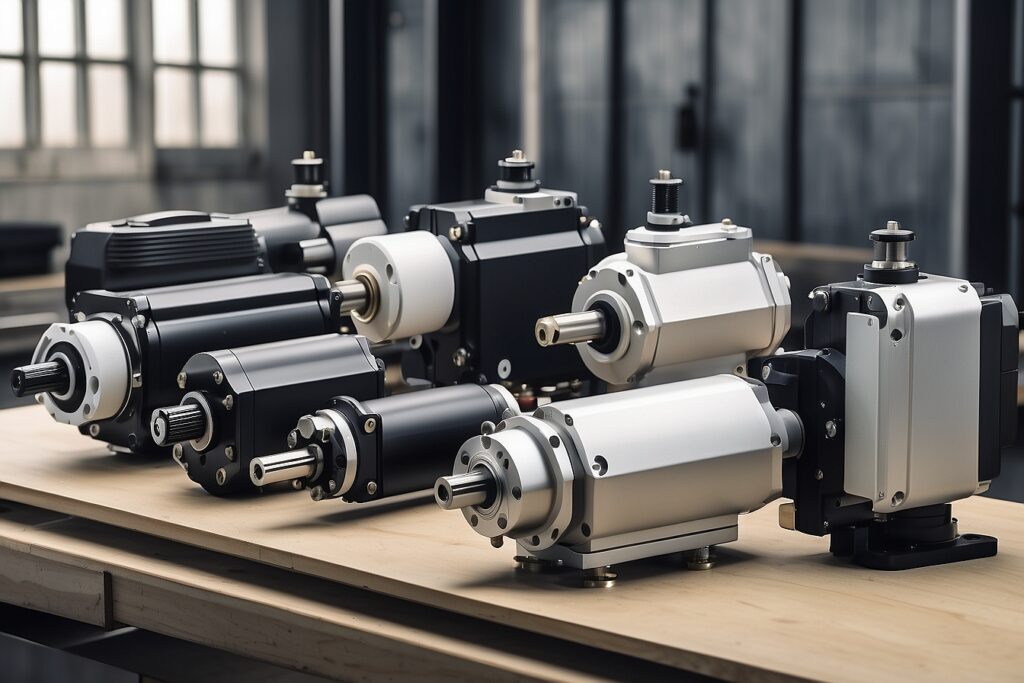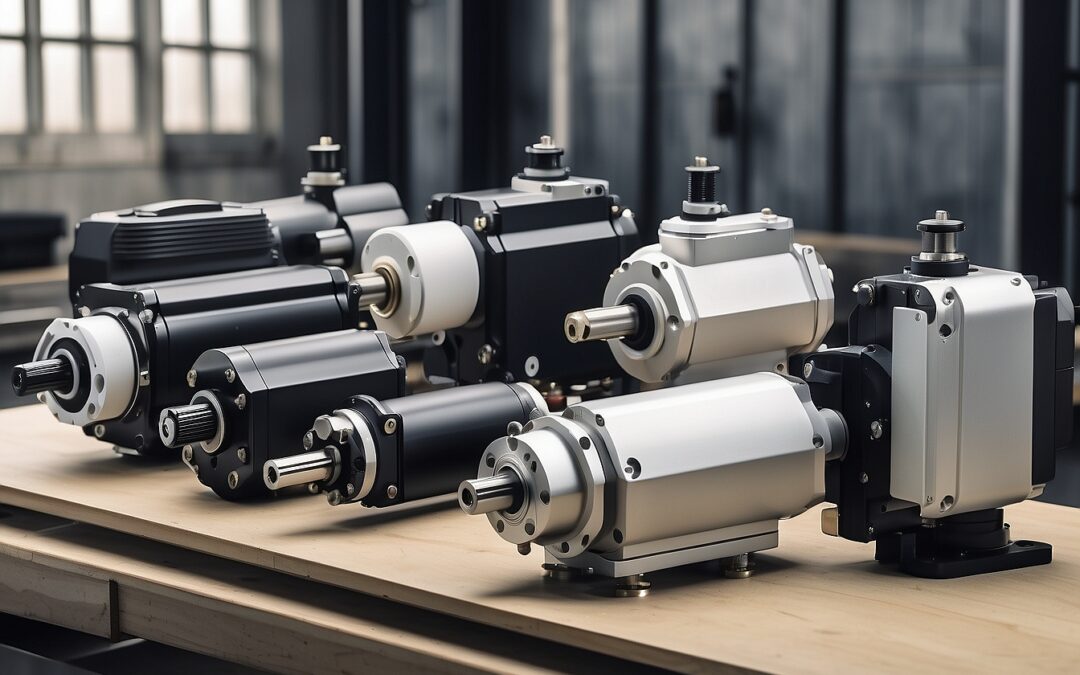Introduction: In the ever-evolving landscape of industrial automation, the role of linear electric actuators has become increasingly prominent. These versatile devices are revolutionizing the way various processes are carried out in industrial settings, offering precision, efficiency, and reliability. In this blog, we will delve into the diverse applications of linear electric actuators and how they are contributing to the advancement of industrial automation.

- Robotics and Manufacturing: Linear electric actuators play a crucial role in robotics and manufacturing processes. They are employed in robotic arms and other automated systems to achieve precise and controlled linear motion. This precision is essential for tasks such as pick-and-place operations, welding, painting, and assembly lines. Linear actuators enhance the speed and accuracy of these processes, leading to increased productivity and higher quality output.
- Material Handling: In warehouses and distribution centers, linear electric actuators are utilized in material handling systems. They enable the precise movement of conveyor belts, lifts, and other equipment involved in the transportation of goods. The adaptability of linear actuators allows for seamless integration into complex material handling systems, optimizing efficiency and reducing operational costs.
- Packaging Industry: Linear actuators find extensive application in the packaging industry, where precise control over the packaging process is paramount. These actuators are integrated into packaging machinery to ensure accurate positioning and movement of components such as sealing arms, labeling devices, and cutting tools. The result is increased packaging speed, reduced waste, and improved overall product quality.
- Automotive Assembly: The automotive industry relies heavily on automation to streamline assembly processes. Linear electric actuators are integral to this automation, facilitating the movement of components during vehicle assembly. Whether it’s adjusting seats, positioning car doors, or ensuring precise alignment of parts, linear actuators contribute to the efficiency and accuracy of automotive manufacturing.
- Agricultural Machinery: In the realm of agriculture, linear electric actuators play a vital role in modernizing farming equipment. These actuators are utilized in precision farming applications, such as the adjustment of plows, seeders, and spraying systems. The ability to control linear motion with precision enhances the accuracy of agricultural processes, leading to improved crop yields and resource utilization.
- Energy Sector: Linear electric actuators are employed in various applications within the energy sector. From controlling valves in power plants to adjusting solar panels for optimal sunlight exposure, these actuators contribute to the efficient operation of energy generation and distribution systems. Their reliability and precise control make them indispensable in maintaining the stability of critical infrastructure.
Conclusion
As industrial automation continues to advance, linear electric actuators emerge as a cornerstone technology, offering unparalleled precision and versatility. The applications discussed in this blog are just a glimpse of the transformative impact these actuators have across diverse industries. With ongoing technological advancements, the role of linear electric actuators in industrial automation is only set to expand, ushering in a new era of efficiency, accuracy, and innovation.

